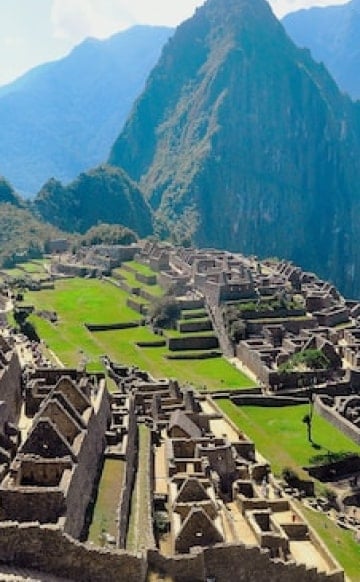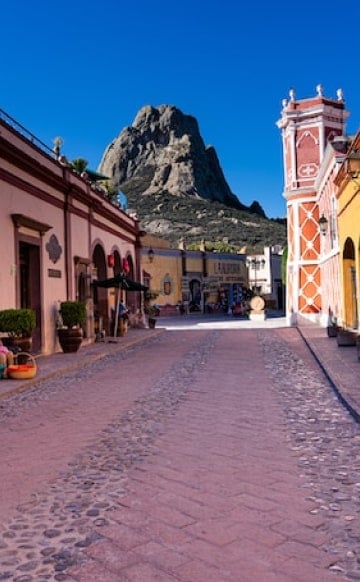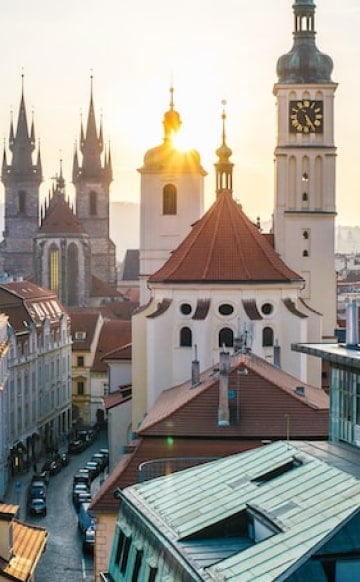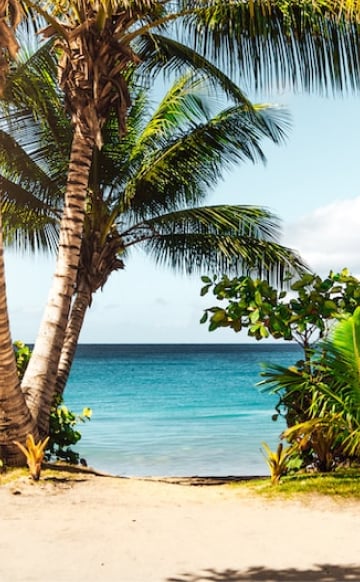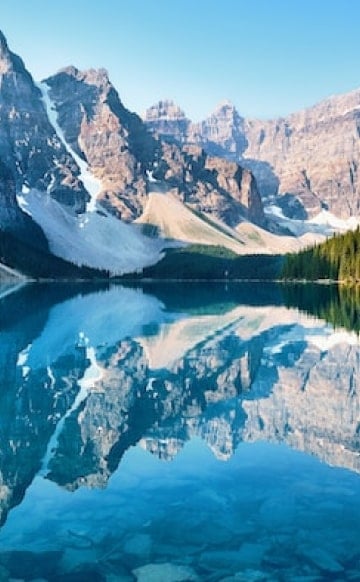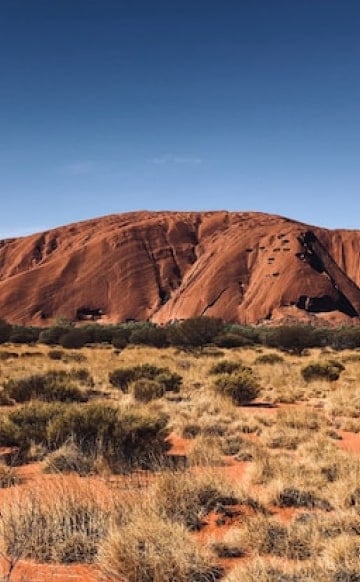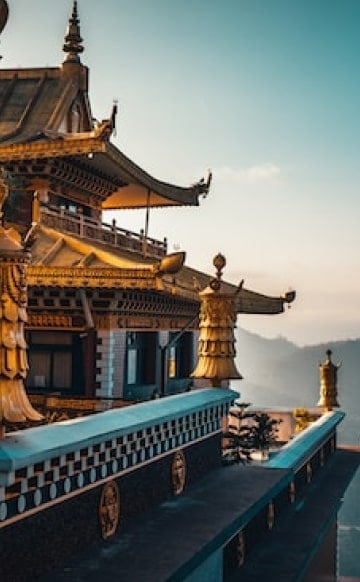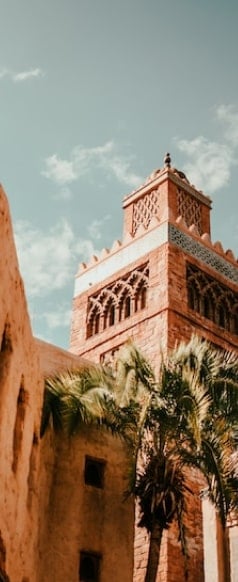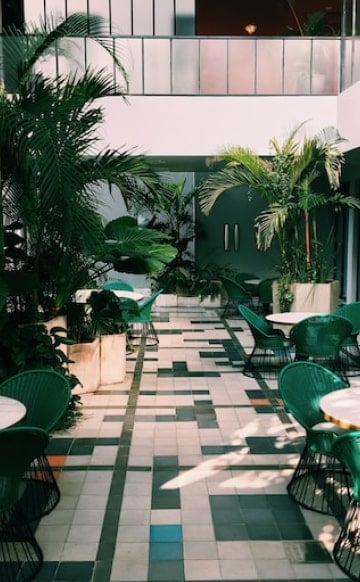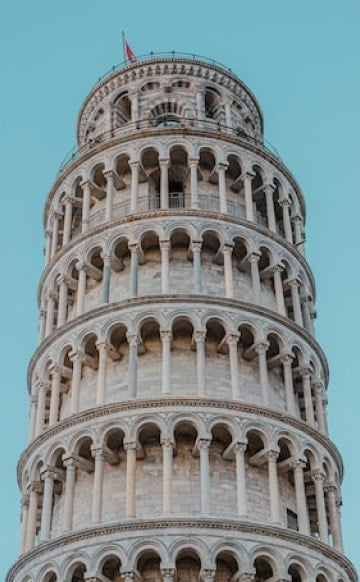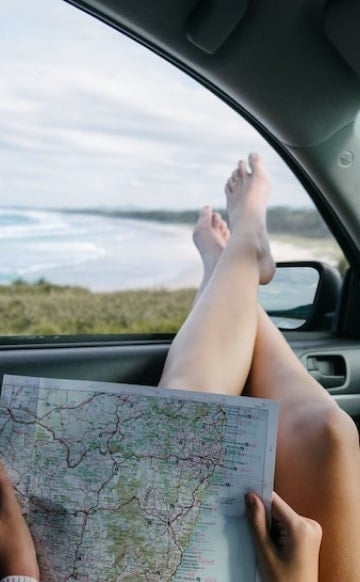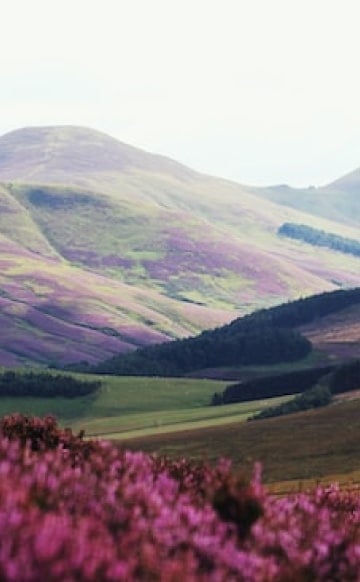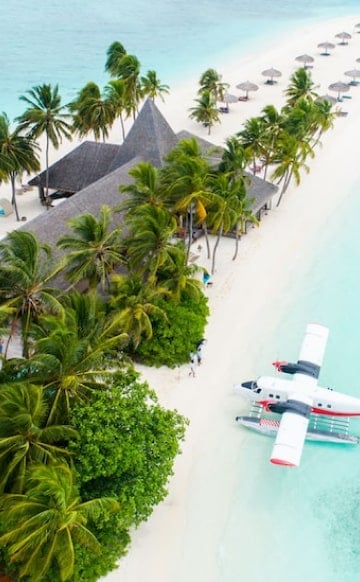If you’re the type of traveler that doesn’t look forward to rubbing elbows with countless others, consider a visit to one of these picture-perfect Caribbean isles that are sure to provide the more tranquil and unforgettable experience you’re seeking.

Bequia, St. Vincent
Bequia is a tiny but hilly, seven-square-mile island in the Grenadines. Often referred to as the “most perfect” of the Caribbean islands, it may not have glitz and glamour, but it does boast clear, warm cerulean waters ideal for snorkeling, lots of friendly locals and ever-flowing rum punch. At the edge of Admiralty Bay, the little village of Port Elizabeth features colorful wooden buildings, a scenic waterside path, a bookshop, a few beach bars and eateries serving up fresh seafood. Bequia is also a fantastic under-the-radar destination for divers and boaters who enjoy sailing throughout the Grenadines, periodically docking at places like Petit Tabac, a small, uninhabited island that was the very same isle where Johnny Depp’s character, Captain Jack Sparrow, was marooned with Elizabeth Swan, played by Kiera Knightly. You’ll also find a collection of remote vacation rentals where you can soak up the scenery without the crowds.

Saba
This Dutch Caribbean island definitely isn’t your typical beach-goers idea of a tropical isle, but it does offer a hiker and diver’s paradise, with its underwater mountains and some 150 species of colorful fish, as well as Mt. Scenery, ideal for a scenic, albeit strenuous climb. Saba is the “Unspoiled Queen of the Caribbean,” home to less than 2,000 people and only one road. There are no mass resorts, or even beaches, on this five-square-mile volcanic land that seems to jut straight out of the sea. Just getting here is quite the adventure, as planes are forced to land on its 1,312-foot runway, which is sandwiched between two cliffs that plunge straight into the Caribbean, but it’s certainly worth the effort for the chance to enjoy an uncrowded tropical paradise.

Antigua and Barbuda
The two-island nation of Antigua and Barbuda is often overlooked for some of the more developed, larger islands, but it offers colorful villages with historic buildings and reef-filled waters, as well as the chance to swim with stingrays in their natural habitat. Antigua is home to 365 beaches, including Rendezvous Bay Beach, a tranquil peaceful sliver set within the national park, framed by lush hills and nestled in an out-of-the-way cove on the south coast. Barbuda looks like a tiny blip on the sea compared to its sister isle, home to just 1,200 and only a handful of accommodation options. But it’s also the kind of place where having nothing to do but to gaze out at the endless turquoise waters is truly a blessing – and, the hardest decision you’ll have to face is whether to do it from one of the pink sand beaches, of one of the powder sugar-like stretches of sand.

Culebra, Puerto Rico
Culebra is often said to be what its sister island, Vieques, was about two decades ago. Situated just 17 miles off Puerto Rico, it’s home to one of the world’s most beautiful beaches, Flamenco. There are no luxury resorts, casinos or upscale eateries here, but it does offer an especially peaceful experience without the crowds, traffic, or crimes. The silky soft, white sands stretch along the entire bay and are lined with palm trees that sway in the gentle breeze, while the shallow azure waters are ideal for snorkeling and swimming. As the U.S. military used it for several decades, that kept developers at bay while leaving the beach with abandoned tanks that are now artfully decorated in colorful Caribbean patterns.

Montserrat
The Caribbean’s so-called Emerald Isle, nicknamed because of its lush, greenery and Irish heritage, is also a modern-day Pompeii. Its former capital, Plymouth, was devastated and abandoned by volcanic eruptions. One side of the island managed to stay lush and green, and today, it offers everything you could ever want in a Caribbean vacation at an affordable price, minus the crowds, while the other is dismal, gray, and hauntingly fascinating. Once a popular island for rock royalty, including Sting and Eric Clapton, the island’s fate was changed in 1995 when its lower half was buried under eruptions from the Soufriere Hills volcano. Today, it’s divided into entry and exclusion zones, and visitors can drive down the coast to soak up the range of vistas, from rich tropical landscapes to Pompeii-like scenes. From the terrace of the Montserrat Volcano Observatory, where scientists monitor the volcano 24/7, visitors can hike the mountain trail to Rendezvous Bay, where the only white-sand beach on Montserrat awaits.

Grenada
Grenada includes the main island of Grenada along with six smaller, outlying outlets. It boasts nearly endless secluded coves and 45 beaches, including one of the region’s very best, Grand Anse. Crisscrossed by nature trails and laced with spice plantations – you can even smell the wonderful aroma in the air – the mountainous interior is made up of mostly nature preserve and rainforest. Hike the mountains north of the picturesque town of St. George, and enjoy splashing at the base of the 30-foot-high waterfall, Annandale Falls. By taking an excursion to the nearby island of Carriacou, you can enjoy outstanding diving or snorkeling too.

Dominica
Known as “The Nature Island of the Caribbean,” Dominica is mostly undeveloped, ideal for nature lovers, romance seekers and anyone seeking the quintessential tropical getaway without the crowds. Much of this volcanic island is covered by rainforest, and there are only a few long stretches of sandy beach, but it does offer geothermal hot springs and amazing natural swimming holes. Black Sand Beach is home to a hawksbill, leatherback and green turtle sanctuary, and Morne Trois Pitons National Park, which spans 17,000 acres of the island’s interior, features the world’s second-largest actively boiling lake.

Salt Cay, Turks and Caicos
At Grand Turk, cruise ships seem to continuously stream in and out, but just a few miles away on Salt Cay, sometimes referred to as the best-kept secret in the country, you can experience a glimpse of what this archipelago was like a century ago. The 2.5-square-mile isle was colonized by Bermudian salt rakers who brought their culture and architecture with them, creating salinas, or ponds, that could be filled with seawater and, when evaporated, left piles of sea salt, which continued their tradition of stone building. It also happens to offer world-class diving, hiking, and whale watching, when migrating humpbacks make their annual spring pilgrimage to northern feeding grounds.

Cayman Brac, Cayman Islands
While just about everyone heads to Grand Cayman when visiting the Cayman Islands, its sister islands, particularly Cayman Brac, are far less developed. Cayman Brac is filled with jungle terrain, and it’s also home to the Cayman Brac Parrot, which can only be found on this little island. You can recognize it by its distinct iridescent blue and green plumage that makes it easy to spot among the orchids and cacti of the Parrot Reserve, located on the bluff of a soaring coral cliff. If you’re looking for hopping nightlife, don’t come here, unless your idea of an exciting night includes dive lights and octopus anyway. This is a place that was perfectly made for peaceful solitude.

Nevis
Nevis has a slow-paced, old-fashioned charm, along with a wonderfully long, sandy beach and a dormant volcano that offers challenges for hikers and climbers. It’s also a Caribbean island that’s renowned for its cuisine. Many of the best restaurants can be found at its famous plantation resorts where planters once grew sugarcane. Taking their cues from traditional island ingredients, they often use items like pumpkin, tamarind, breadfruit, sour oranges, mangoes, red snapper and spiny lobster. Rum shops and beach bars serve delicious but casual fare with a local flair, but you’ll find tasty food available around nearly every corner on this island.

